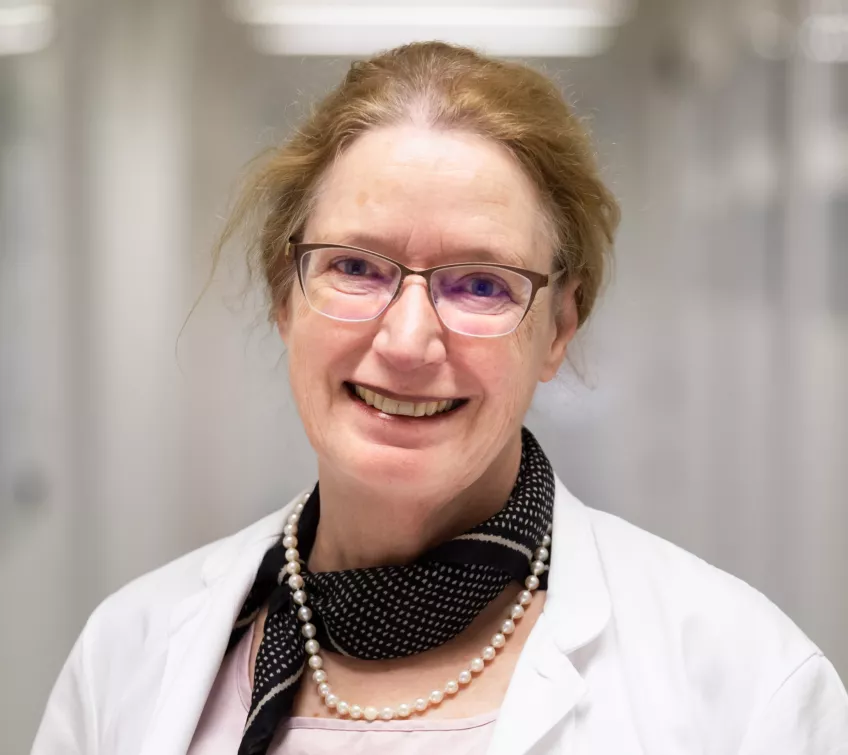About us
Welcome to the Clinical Health Promotion Centre, a WHO Collaborating Centre at Lund University, for the Implementation of Evidence-Based Clinical Health Promotion focusing on Alcohol, Tobacco, Drug, Malnutrition, Overweight, Physical Inactivity and Comorbidity (Noncommunicable diseases).
The Clinical Health Promotion Centre was designated as a WHO Collaborating Centre for Implementation of Evidence-based Clinical Health Promotion on February 10th, 2016 and is a collaboration between the World Health Organization (WHO), the Swedish Ministry of Health and Social Affairs with the support of Lund University and Region Skåne. Our mission is to work towards better health gains for patients, staff and the community.
Clinical health promotion
The centre integrates research, teaching & training and implementation & evaluation of clinical health promotion to improve patient safety and health benefits on short and long term of the individual patients and their family, the staff, the healthcare and society as a whole.
The activities focus on improving prevention, treatment and rehabilitation related to alcohol, tobacco, drugs, malnutrition, overweight, physical inactivity and comorbidity.
A critical stage in life is when a person becomes a patient and enters a short or longer clinical pathway. To undergo treatment is stressful, both physically and mentally. To improve patient safety and promote a faster recovery is therefore important, both for the patient and society.
Professor Hanne Tönnesen
Implementation
Our main focus is on implementation & evaluation. We use the evidence-based ‘Fast-track Implementation Model (Fast-IM)’ tested with great results in 8 countries in collaboration with WHO and member hospitals in the international network of Health Promoting Hospitals (HPH-Network) – and the easy-to-use RE-AIM tool for reporting.
Overall, the main challenge is how to move from evidence to implementation. On average, it takes about 10 years from gathering evidence to implementation, and innovative approaches to implementation are required instead of just giving more of the same. Therefore, the WHO Collaborating Centre work with fast-track implementation, which is more necessary than ever before.
The fast-track implementation approach requires collaboration across borders and knowledge and experience sharing of best evidence-based practice. The bridging includes local, national, and international levels, as well as primary and secondary care and other sectors across different hospital departments, patient- and staff groups.
Hanne Tönnesen
Professor, Director, Editor in Chief
hanne [dot] tonnesen [at] med [dot] lu [dot] se (hanne[dot]tonnesen[at]med[dot]lu[dot]se)
Staff
Read more about our staff in Lund University Research Portal.
What is a WHO Collaborating Centre?
An institution appointed by the WHO Director-General to carry out activities in support of WHO programs and policy framework.
Read more about WHO: Collaborating centres
(link to WHO)




